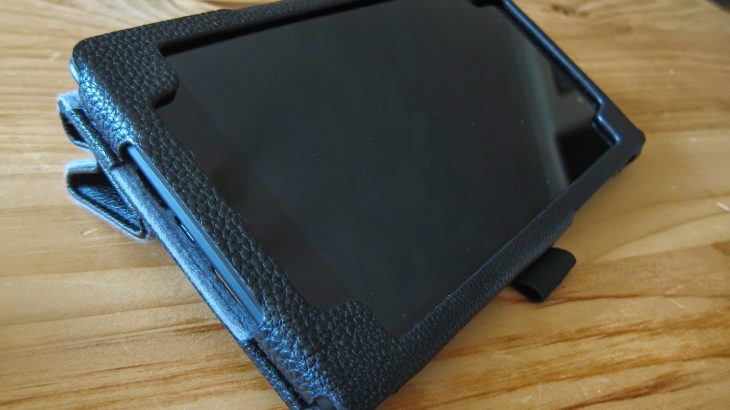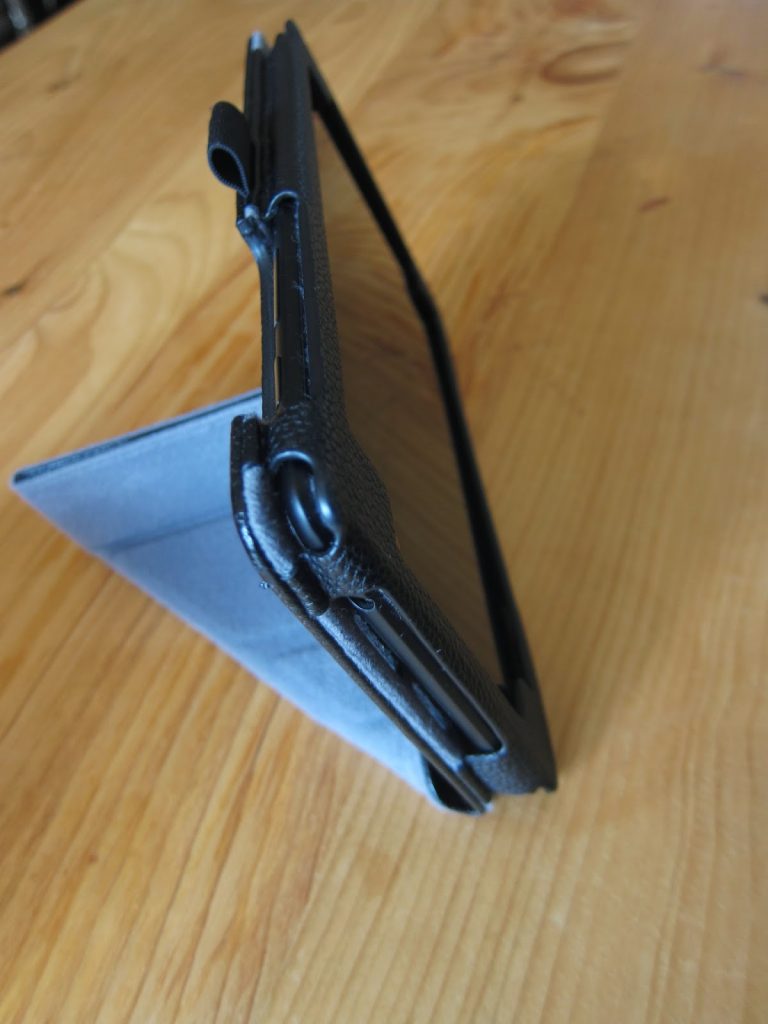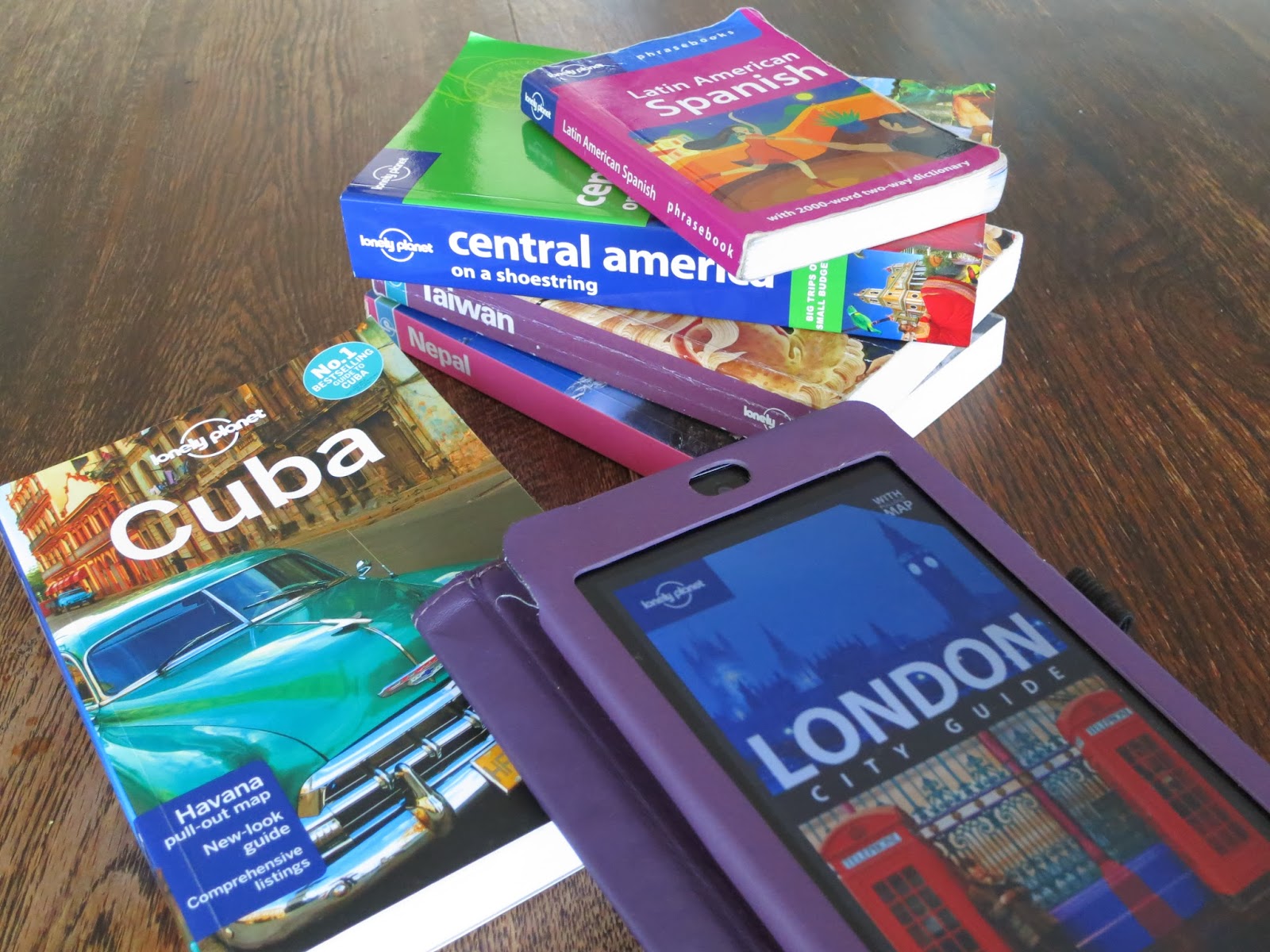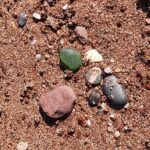As you may know, I am the proud owner of a Nexus 7 tablet. Over the last 18 months or so, it has been all over the world with me.
I have it on me everywhere I go, so of course it sits at the top of my list of “13 things I don’t travel without“. It holds travel books, keeps all the information I come across on the web, assists with navigation, helps me when geocaching and most importantly, of course, I use it to write my blog posts.
I recently acquired a new 2013 Nexus 7, as a gift. My original device is still very much in use, but the new one has a camera, a better graphics chip and is faster, as well as being thinner.
For someone who travels a lot and spends most of their spare time outdoors, the Nexus is a little delicate in it’s “out of the box” naked form. For this reason, the first accessory I purchased was a sturdy case.
Having seen the punishment my old case was inflicted with during our recent travels in SE Asia, I knew I needed to get a pretty good case for my new toy as soon as possible.
I looked at pretty much every case on the market, but had to rule out the slimline ones right from the start. These are nice and thin and attractive, and great for those who keep their tablets in a handbag and only use it on the train or in the office. But one of these was never going to hold up to being subjected to my lifestyle.
I have a Mofred case on my old tablet. I have to admit, this thing has taken a real beating, and really proved it’s worth. It is worn and tatty now, but the Nexus it has been protecting all this time still looks like it did the first day it came out of the box!
I can’t bare to part with it as, despite looking old and tired, it now has heaps of character and reminds me of all the places I have been on my travels.
No to Mofred
My new Nexus wouldn’t fit in the same case as the old one! So I was faced with the tough decision… whether to get the 2013 version of the Mofred case, I’ve been using all this time, or do I try something different?
I have had to adjust to typing one handed, whilst holding the device with the other. Whilst it would undoubtedly be more efficient to use both hands to type, the Mofred case does not hold the device at an angle that makes it comfortable. It is either flat on the table or vertically upright. There is no in between.
It also only stands in a landscape orientation, which is not a big deal, apart from the fact that the Nexus was specifically designed to be used in a Portrait orientation, and is most useful that way.
The main issue though, which is extremely frustrating sometimes, is when you fold the cover behind the device, the magnet inside turns the screen off. This is great when you close it to put away, but incredibly annoying when it turns off while you are trying to use it.
So after scouring the internet and looking at most of the cases on the market, I decided that I would try a different one, to try to get the best features of my old trusty Mofred case, whilst solving the issues I had with it on our travels.
Roocase
I chose to try out the “Roocase Origami Folio” case.
Roocase do a whole range of models, but this one appealed to me most as it seemed to be more suited to travel and outdoor use.
I’ve had this case on my new Nexus for over a month now, and it has already protected my device during several flights and train rides, countless sat nav sessions in the car (and a lorry), and several hikes. It has been slung in and out of a pocket while navigating and geocaching in Copenhagen, Amsterdam, London and even out in the mucky English countryside in the rain. It has even already sustained a couple of drops, but hasn’t let me down so far!
Design
The general design of the Roocase case is similar to the Mofred case, but the front cover is designed to fold back on itself into different positions which allow the device to be propped up at a variety of angles.
The outside of the case is made from a synthetic “vegan” leather, which has a really nice texture with a soft feel to it. The inside is made from a microfibre like material to protect the device from scratches.
The Nexus fits really snugly in the case without any movement or sliding at all, which is a big improvement. I also find the material more rigid and protective than the Mofred case.
If you roll the front cover back on itself, the magnets in the edge of the cover connect to the back surface of the case and allow you to stand the device at both a high angle for viewing, or at a low angle for typing. I also tend to put it in this position a lot when I’m using it outside, as it provides a really comfortable and stable grip, and prevents it slipping from my hand. And I use it outdoors a lot, so this is a really great feature for me.
You can also fold the two corners of the cover in towards each other, and press them together. The magnets in the edge of the cover will attach together to hold this position. This setup allows the device to be propped up in a viewing angle in BOTH portrait and landscape orientations. This is a great improvement over the Mofred case, as it allows you to keep the device in Portrait mode, and still prop it up for hands free use.
So, Did it manage to provide all the advantages of my old case, while solving the disadvantages?
Pretty much yes!
While the Roocase has a little magnet built into the front cover, which allows it to turn the device screen on and off when you open and close it, it doesn’t turn it off when you fold the cover back on the device. This in itself has solved my one major complaint of the Mofred case.
Also, I can now put the device in a much better tilted position for typing on. Though I have to admit, I am now so used to doing it the one handed way, I never really use it. But the option is there :o)
Disadvantages
There are really only a couple of disadvantages to the Roocase Origami Folio that I have identified:
Whilst the 2013 Nexus 7 is thinner than the 2012 model, both devices, in their cases, are about the same thickness overall. The thicker materials of the Roocase triples the thickness of the device. I’m a bit torn over this to be honest. While the thicker materials of the Roocase undoubtedly add to the protection it affords the device, I would also have enjoyed having an overall thinner package to slip into my bag.
The big downfall for me though, is the magnets. There are a total of 9 magnets built into this case! 2 of them help to keep the case closed, 6 of them are used to hold the cover in the stand position, and 1 is used to automatically turn the screen on when you open and close the cover.
Whilst these features are nice, all these magnets together have a rather negative impact on the device; they mess up the Nexus’ internal compass! Given that, in addition to my blogging, I also use my device a lot for navigation and Geocaching, a working compass is pretty important for me. As soon as the device is in the case, the compass is all over the place. Basically, in order to get an accurate reading on the compass, you have to take the device out of the case, and recalibrate it. I’m not sure if the magnets will permanently damage the compass long term?
I have done some research about this issue online, and many people have reported the same problems with similar cases on the market. It seems that most cases now come with built in magnets that interfere with the compass. The general concensus offers two choices for this problem; If you don’t use your compass much, simply do without it. If you do absolutely need it, then cut the magnets out!
Which option I will chose in the long run has yet to be decided, though I must admit, I’ve managed fine without the compass so far. However, other than this one issue, I am more than happy with my choice of case.
Conclusion:
Pros:
- The materials are good quality, which means it will withstand a lot of wear and tear.
- The materials are rigid and sturdy, offering the device really good protection.
- The design is snug, so the device does not move or slide around in the case.
- All the cutouts are perfectly aligned, so the cameras, sensors and buttons all function correctly in the case.
- The cover offers 4 different options to stand the device at various angles for viewing and typing, as well as making it easy to grip the device safely in one hand
- The magnet in the cover makes the screen turn on and off automatically when the cover is opened or closed, and does not turn the screen off when folded back on the device.
Cons:
- The extra magnets needed for the “origami” cover to work to prop the device at several angles interfere with the compass.
- The case is thicker than others on the market, tripling the thickness of the device. Though this is great if, like me, you need the extra protection.
Obviously, if you’re in the market for a new case for your Nexus, you will have to weigh up the pros and cons based on your requirements. Whatever your needs, I hope this post gives you some ideas to look out for.
If you’re a big travel and outdoor person like me, then the Roocase is a great case to go for.
If you’re looking for something slimmer, more fashionable or with more functions, then I recommend checking the Roocase website for some of their other models. They have a pretty big range.
Either way, I hope you find the case that works best for you!







